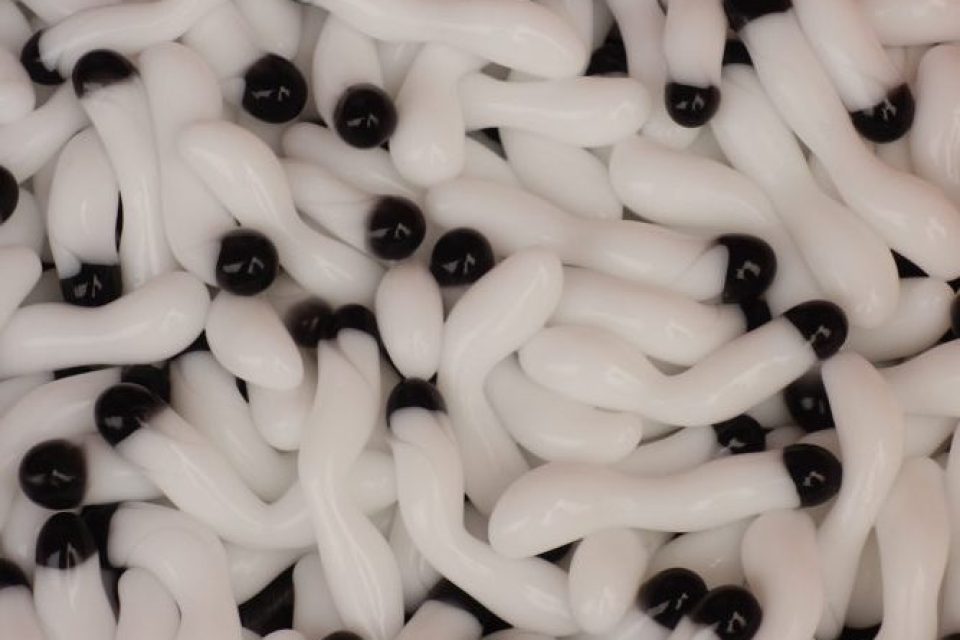
Kilometer 24 877: on chopsticks etiquette and the most exotic food
Today it was pointed out that I have bad table manners. I feel silly.
You shouldn’t stab your food with chopsticks, that I know and follow. You should keep some leftovers on your plate, otherwise the host will worry there wasn’t enough, that I know and (usually) follow. You should make sounds while consuming, the louder, the better compliment for the chef, that I know. But I don’t follow, and there’s the rub.
– The chef just peeped out from the kitchen and he’s sad. You’re supposed to make sounds, or he’ll think that you don’t like the dish! – Bohdi said, simultaneously absorbing a half-a-meter long noodle, slurping chicken soup and drumming the bowl with chopsticks in search of peanuts that he had just seen but they later vanished somewhere between the noodles and the cabbage.
Aha! You thought that after mastering the chopsticks, everything else would be a piece of cake? Nope, eating requires multitasking. By the way, I’m craving cake, one without peas and meat. It’s best to practice your chopstick skills on peanuts, afterwards switch to sticky rice and to reach the expert level, go for seaweed, as long as mermaid’s hair, extremely slimy sweet potato noodles and tofu pudding, which falls apart with each touch of those cutlery wands.


Once we have covered the technique, let’s talk about what to eat, so that it’s not blaaah. Frankly: I don’t walk around hungry. Every morning the aroma of steamed dumplings, noodles and soups lures me to the street stalls (and yes, we eat soup for breakfast, also with chopsticks). I looked in seven provinces and did not find anything gross enough, no bugs, no rats, no cockroaches. I’ve been told that some provinces are known for their culinary extravaganza, nevertheless, most Chinese people I talked to were as disgusted and off-put by the idea of eating duck embryos or animals generally regarded as pets, as myself[1].
The Chinese, they don’t waste food: plants are eaten as a whole, including the parts that are normally dumped in Europe, like garlic and pea shoots, or grass before it’s ripe enough to be called wheat. That’s a cool novelty for a veggie-eater! Animals are also consumed completely and you won’t hear anyone complain about a cockscomb, duck’s trachea, pig’s ears or a frog on a stick, which is great, because if an animal is intended for food, it’s simply respectable to make the fullest use of it.
Then there is the overwhelming variety of eggs: hen’s, duck’s, goose’s, quail’s, marinated, fried, sweet and a 100-year-old, which are actually only 10-30-days-old, but it doesn’t stop them from stinking and leaving a nasty aftertaste. Chili peppers have been upgraded from a spice to a main ingredient and the legendary hotpot is basically a chilli stock. I ate and I survived, thank you, never more.

When we were asked to prepare a Polish dinner for a group of students, I thought: with so many flavours and aromas, is there any way to surprise them? Well, there is. The biggest hit and the most exotic treat were … toasted sandwiches.
[1] Serving duck embryos and animals generalny regarded pets is not uncommon in northern Vietnam… Once seen can never been unseen.



If you liked this post, I’d be very happy if you recommend my blog to your friends.














